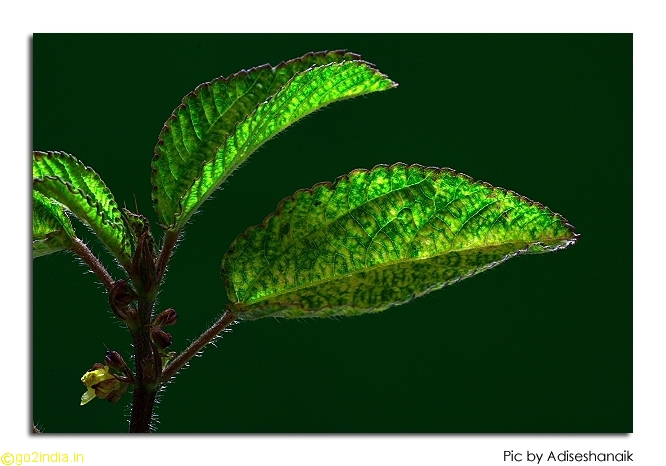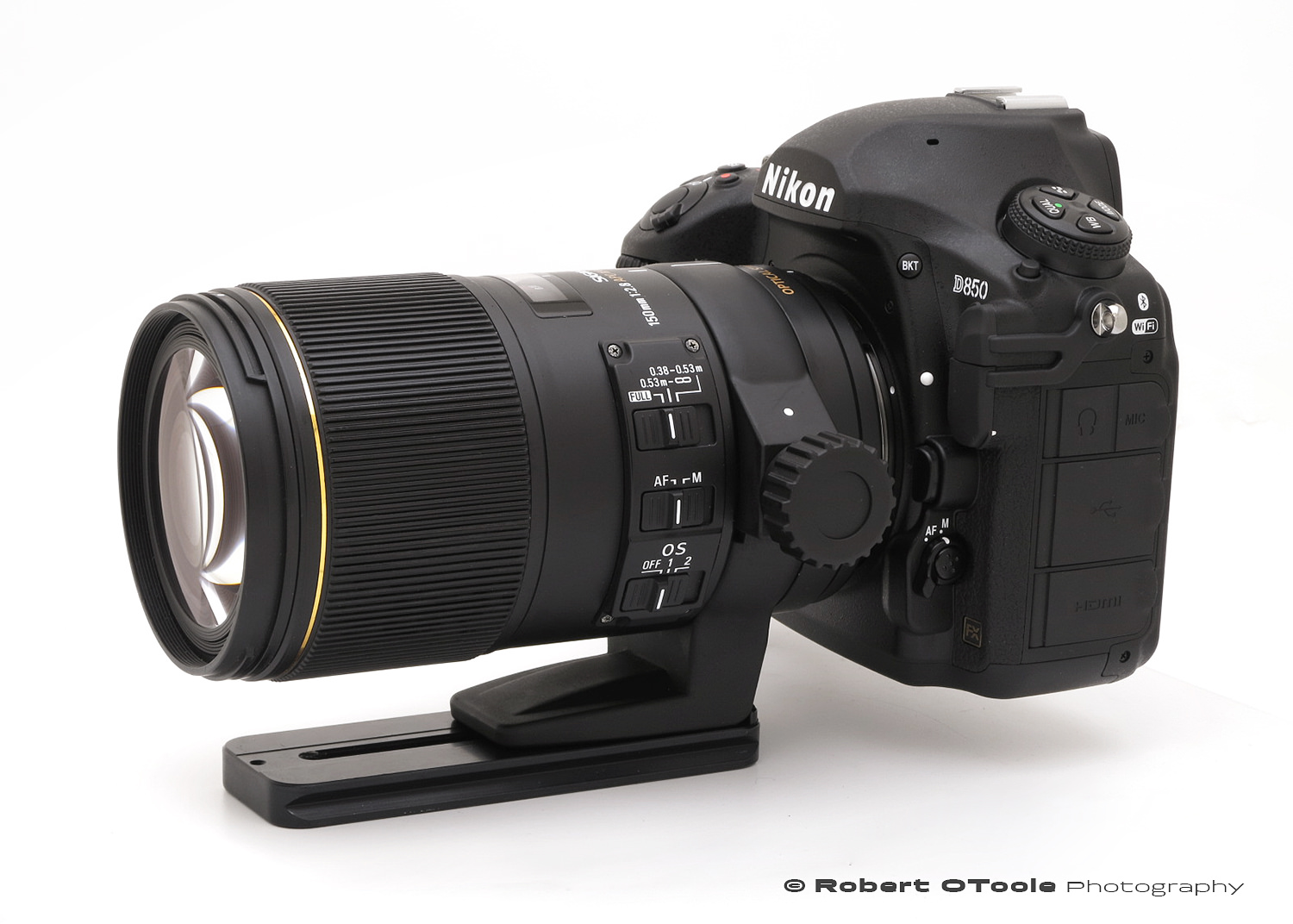
It also means that you will have more space to work with artificial lighting. 5m away while still getting 1:1.īig deal, you may say – all I’ve got to do is take a couple of steps forwards, and it’s all the same with the cheaper 50mm lens… well, not really.Ī longer Minimum Focus Distance means that you get the same magnification without having to disturb the creature you’ve got that lens trained on… and that makes a big difference. The Nikon 200mm IF-ED Lens allows you to stand even further away –. While the 50mm macro will make you go really close to the subject, the Canon EF 180mm L lens allows you to stand far away (about 0.25m). The difference between these lenses is the minimum focusing distance, the depth of field, and the perspective which each focal length offers to the photographer.

When you look into macro lenses, you’ll find that there are some prime lenses that give you 1:1 magnification at 50mm, while others will give you the same at 100mm or even 200mm. However, the most comfortable and versatile focal length for macro photography is probably the 100mm macro lens. Macro prime lenses are available from 24mm to 180mm. AdvertisementsĬheck out our Lens Suggestions at the end of the article The Best Focal Lengths for Macro Photography However, these are outside the scope of this article. You should know that there are other accessories (such as extension tubes and bellows attachments) available to the photographer that allow for magnifying a subject at 1:1 ratio.
#SIGMA 150MM MACRO HELICON REMOTE SERIES#
Since this series of posts is solely about lenses for various kinds of photography, we’ll deal only with lenses. Of course, this becomes much larger when viewed on a larger screen. For example, a 5mm disc when photographed, would produce an image on the camera sensor where the disc is 5mm in size. In more technical terms, macro photography involves capturing objects at close to, or greater than 1:1 magnification. Perhaps this is where our fascination for macro photography comes from, the ability to change our everyday, ordinary world into an extraordinary one by the simple act of switching lenses. When these images are enlarged – as all our pictures are – they become much larger than real life, taking us into a realm where real, everyday objects become surreal worlds. However, the images start off being close to actual size when rendered on the camera’s sensor (or frame of film). The disadvantage is that the mags are even more fixed than with "finite" objectives which use extension to adjust magnification, but if you are happy with the results it's a more convenient way to go.Macro Photography reproduces objects at larger-than-life sizes on print or screen.


This has the advantage of not needing to change much in your system except to add the objective to the front when you want to take a high mag shot. One possible solution is to buy an "infinite" objective and mount it to the front of your 150mm lens. The 35MP is expensive but has wide coverage and is one of the best choices around for 2-4x. There are a limited few objectives which can do well across a wide range though, as well as bellows lenses like the 35MP mentioned by pepactonius above.

IMO the best solution for what you're trying to do is a microscope objective with focus stacking, but most objectives have a limited mag range, so you need to decide the range you need and if you would need to get two or more objectives.


 0 kommentar(er)
0 kommentar(er)
